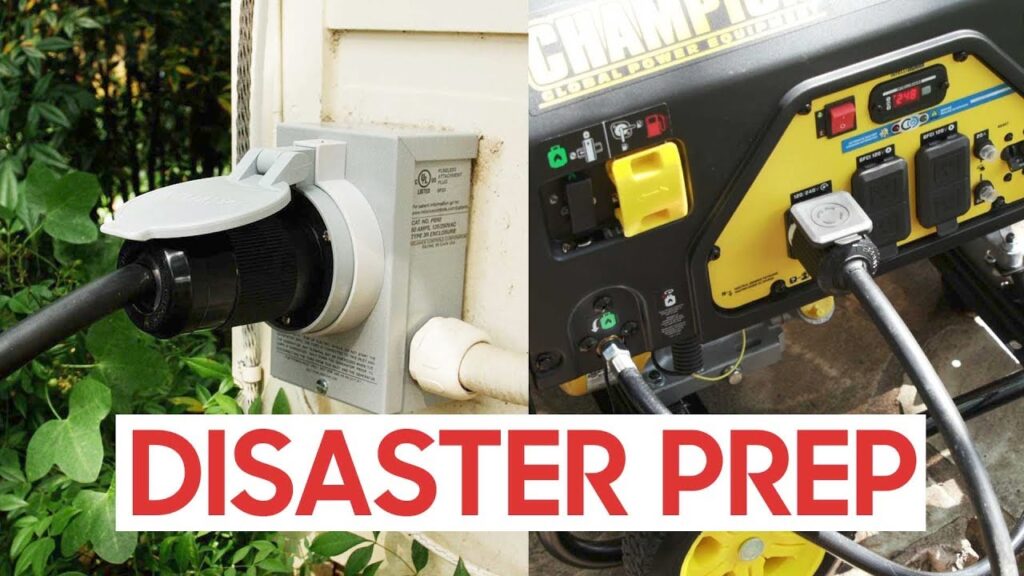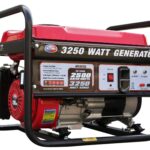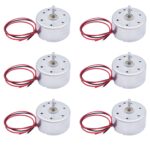Generators are a great way to provide power to your home when the power goes out. If you’re wondering how to run a generator, this guide will provide you with the step-by-step instructions you need to get up and running. From safety precautions to fuel and maintenance, this guide will walk you through the process of powering your home with a generator.
Types of Generators
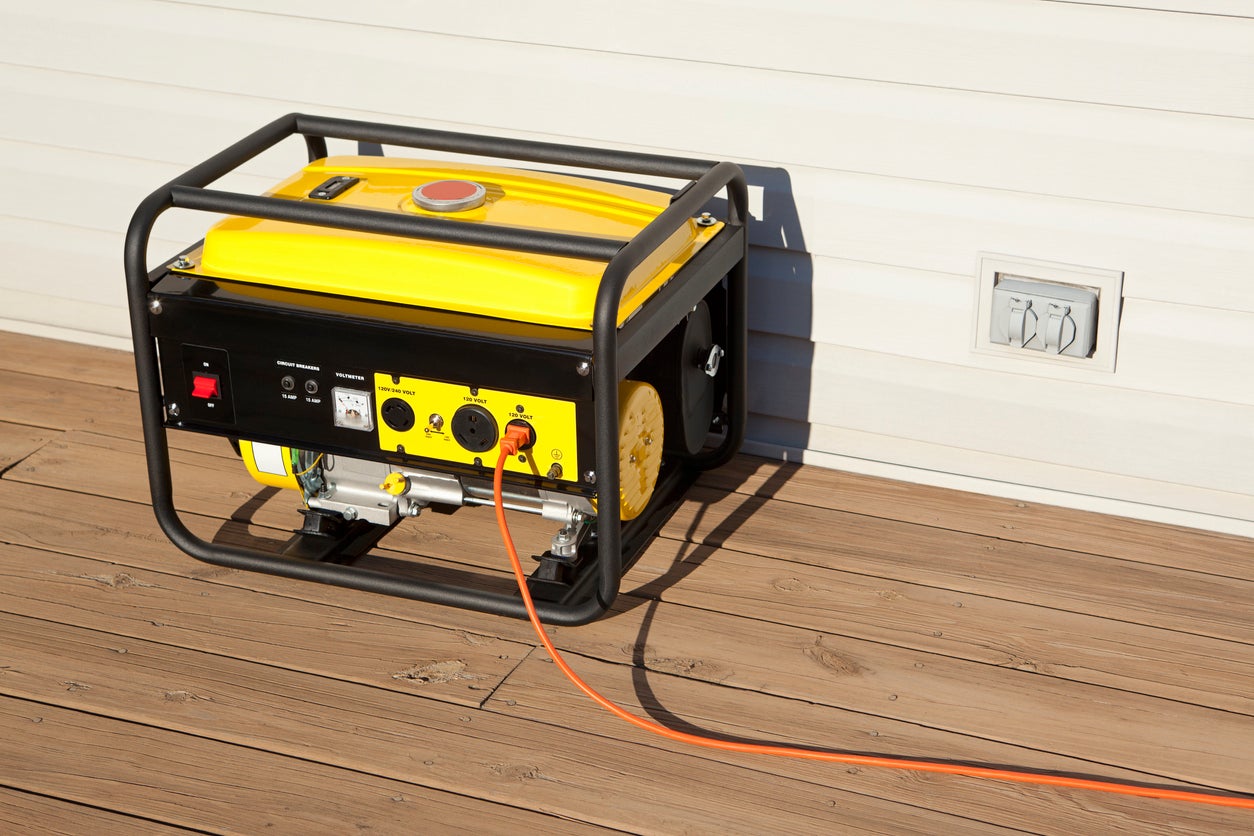
Portable Generators
Portable generators are small, self-contained devices that are used to provide a temporary source of power. These generators are typically used during power outages or to provide electricity to remote locations. They can be powered by either gas or propane and are typically easy to move and store.
Standby Generators
Standby generators are permanently installed and connected to a home or business’s electrical system. They are typically powered by propane or natural gas and provide a more reliable backup power source than portable generators. Standby generators are larger and more expensive than portable generators and are designed to operate automatically when there is a power outage.
Inverter Generators
Inverter generators are small, lightweight generators that are powered by gasoline. They are designed to produce clean, high-quality electricity that is safe to use with sensitive electronics. Inverter generators are quieter and more fuel-efficient than traditional generators and are ideal for camping, tailgating, and other outdoor activities.
Safety First
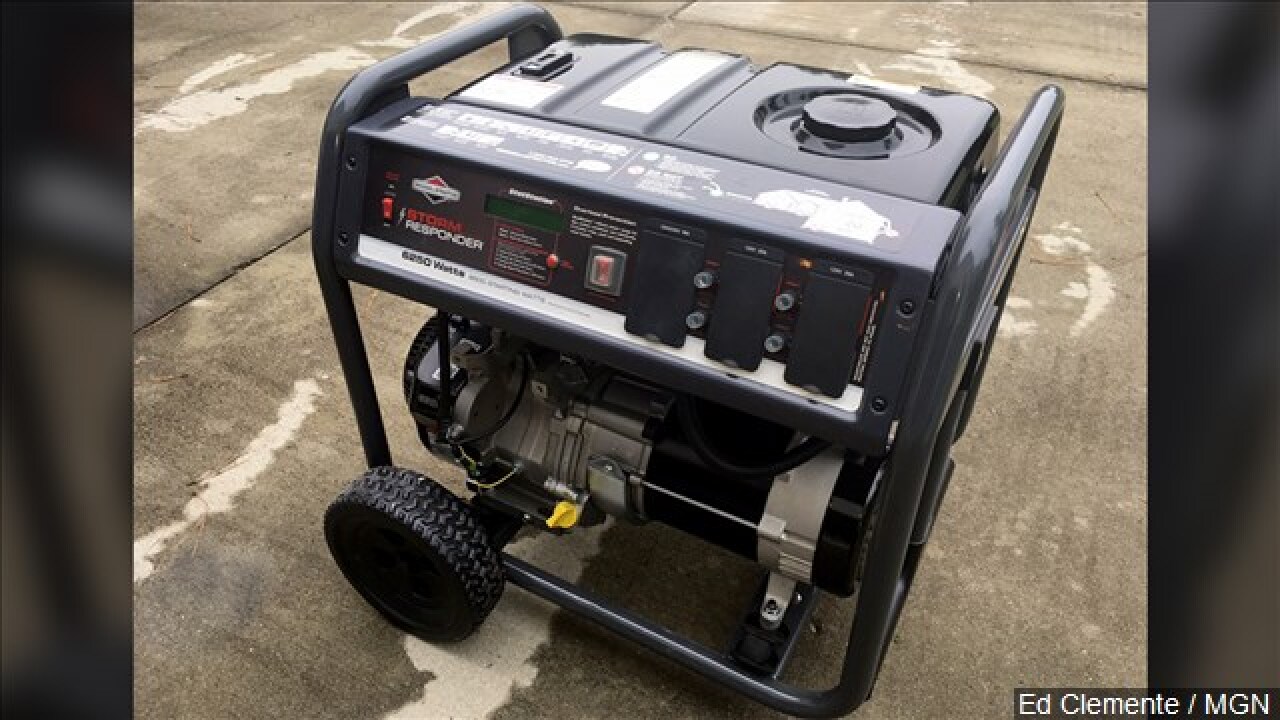
| Before Starting | During Usage |
|---|---|
|
|
Always wear appropriate safety gear such as gloves, eye protection, and a dust mask/respirator when operating the generator. If necessary, use a ground fault circuit interrupter (GFCI) to protect against electric shock. Ensure the generator is turned off when not in use.
Preparing the Generator
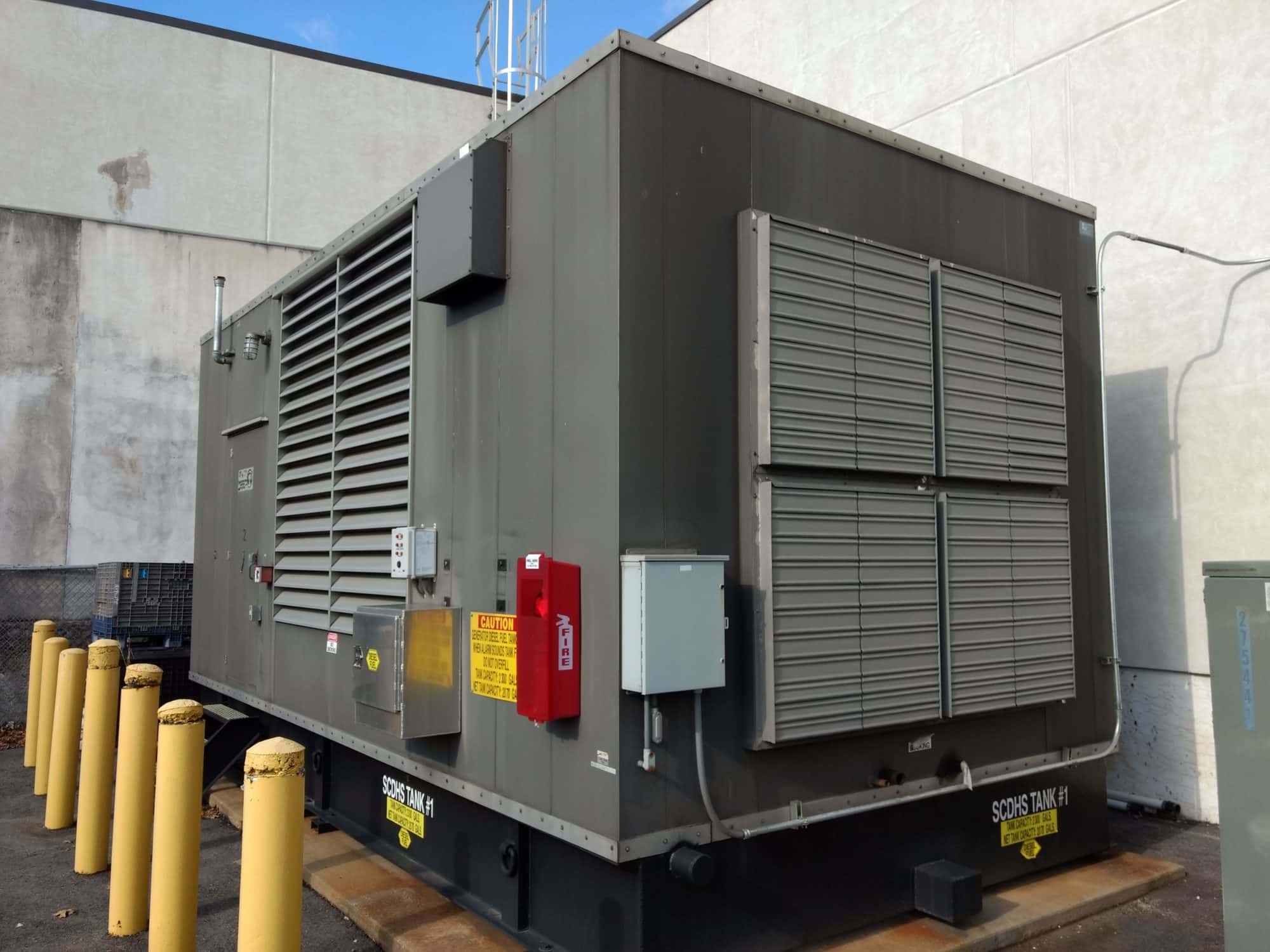
1. Checking Oil and Fuel
Check the oil level in the generator to make sure it is full. If the level is low, top it up with the correct type of oil. Also check the fuel level. If the fuel tank is empty, fill it up with the recommended type of fuel.
2. Installing the Battery
Some generators require a battery to be installed. Locate the battery compartment and insert the recommended type of battery. Use the supplied battery connections and fasten them securely. Make sure the connections are tight and all the wires are connected properly.
Starting the Generator
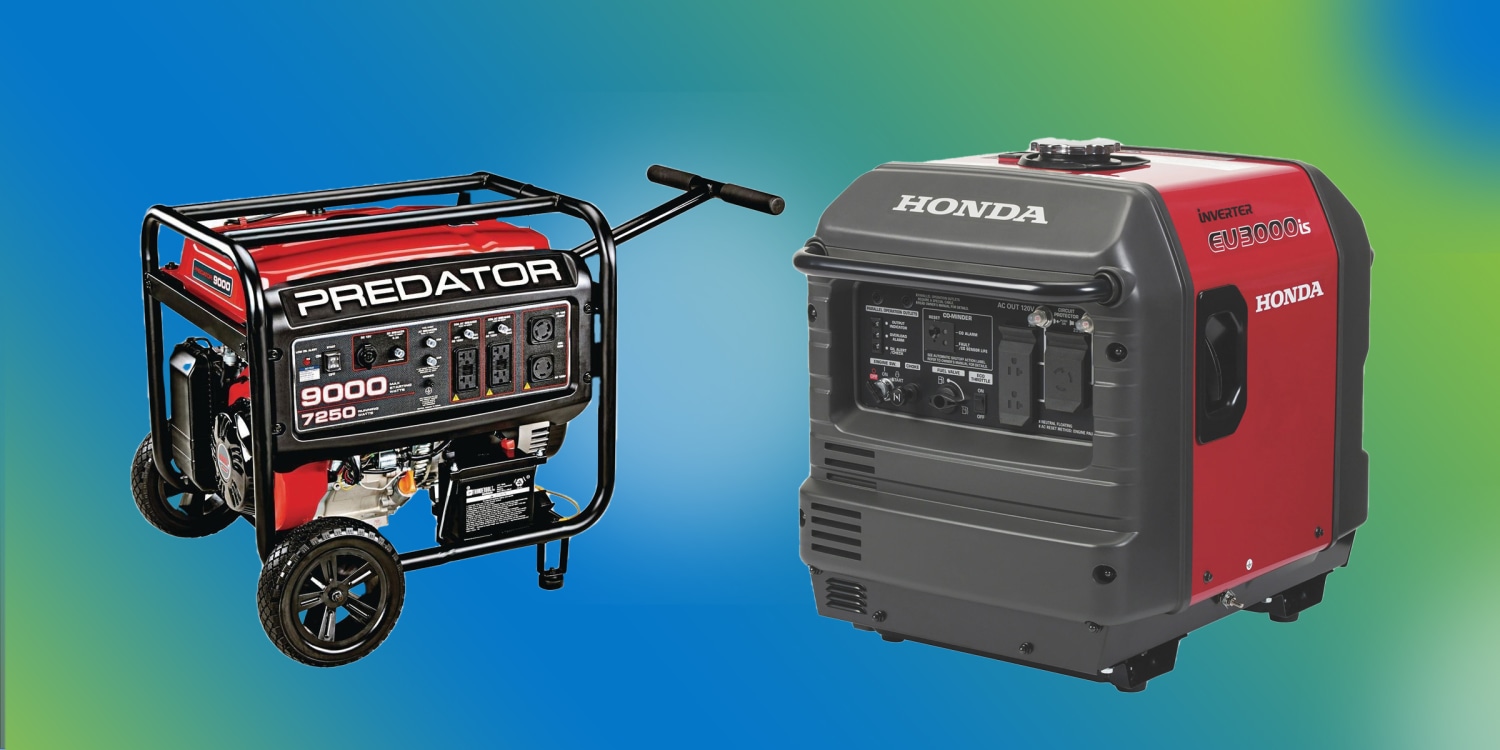
- Check the fuel supply and fill if necessary. Make sure the fuel is fresh and not contaminated.
- Check the oil level and top up if required.
- Clean the air filter and replace if necessary.
- Check the battery and terminals.
- Check the fuel supply filter and replace if necessary.
- Turn on the fuel supply switch.
- Open the choke.
- Turn the key to the “run” position, usually clockwise.
- Turn the starter key counter-clockwise to start the generator.
- Allow the generator to warm up, and then adjust the choke accordingly.
1. Priming the Generator

- Connect the generator to a fuel source.
- Turn the fuel valve open.
- Open the primer bulb.
- Squeeze the primer bulb until it’s hard, then release.
- Repeat the process until fuel enters the primer bulb.
- Close the primer bulb.
- Turn the choke to the full open position.
- Engage the starter cord and pull it slowly.
2. Starting the Generator
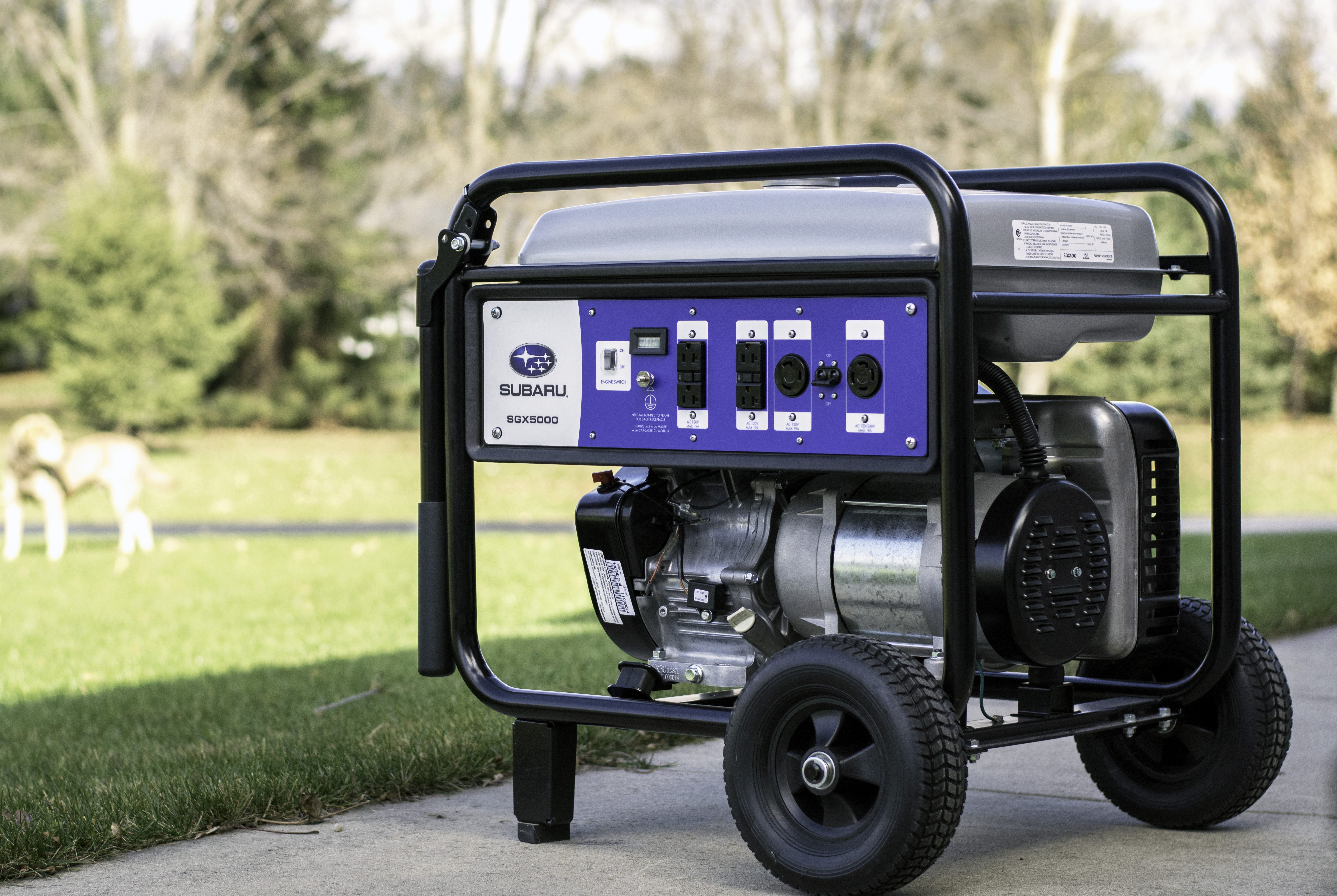
- Check that the fuel tank is full and the oil levels are adequate.
- Open the fuel valve on the fuel tank.
- Rotate the power switch to the “On” position.
- Depress the Ignition/Start button and hold for 3-5 seconds.
- Release the Ignition/Start button and allow the generator to run at idle speed for 2-3 minutes.
- Gradually increase the engine speed to the desired level.
- Connect the devices you want to power up.
Running the Generator

Ensure that all safety precautions are taken before beginning to run the generator. Connect the generator to the AC mains and switch it off. Check the oil level and fill as necessary. Connect the fuel tank and ensure that the fuel is free of any contaminants. Place the choke lever in the ‘run’ position. Turn on the fuel valve and the switch. Pull the starting cord slowly but firmly. Allow the engine to run for a few minutes to make sure that it is running smoothly. Once the engine has warmed up, turn the choke lever to the ‘off’ position. Adjust the output voltage and frequency as necessary. The generator is now ready for use.
1. Setting the Controls
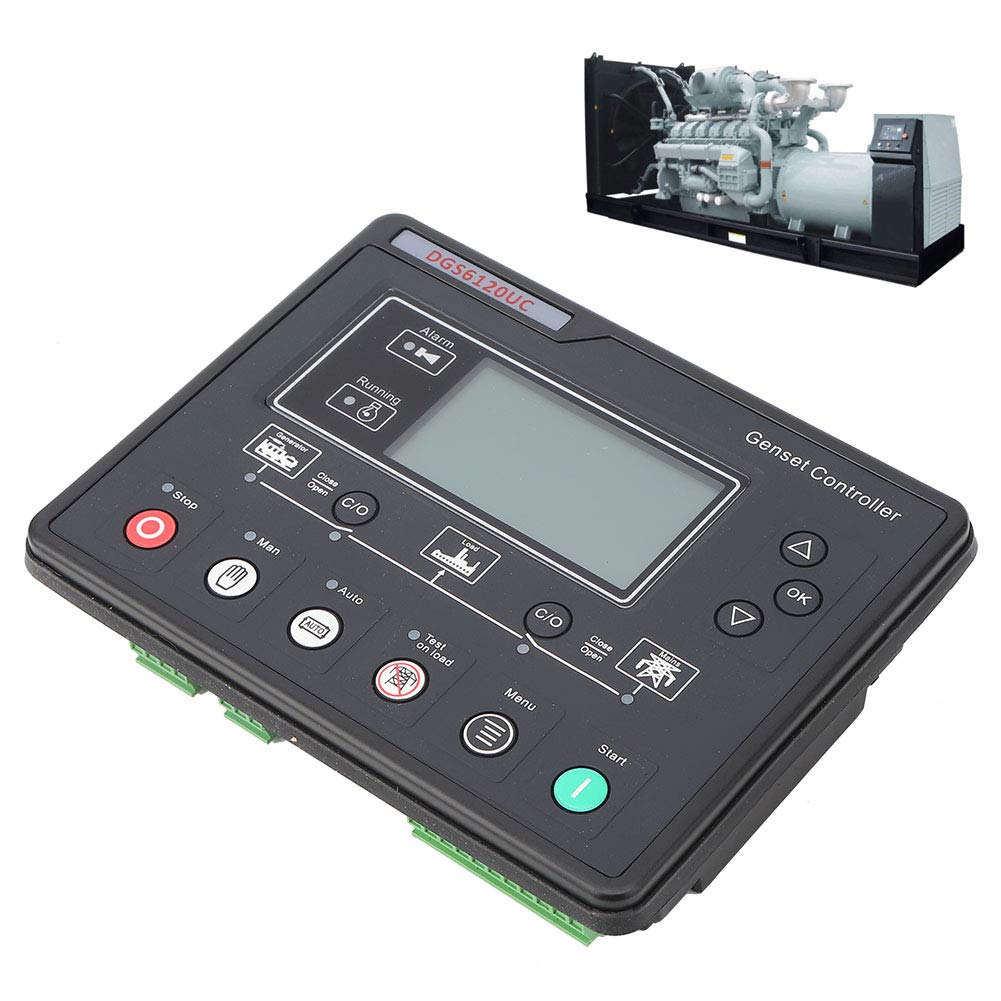
Generators can be used to provide energy to buildings, industrial sites or other places. Before using a generator, it is important to set the controls correctly. This includes checking the fuel, oil, and coolant levels, as well as setting the voltage, frequency, and other settings.
| Controls | Settings |
|---|---|
| Fuel | Check fuel level and fill if needed |
| Oil | Check oil level and fill if needed |
| Coolant | Check coolant level and fill if needed |
| Voltage | Set voltage to required level |
| Frequency | Set frequency to required level |
Once all of the controls have been set, the generator is ready to be started.
2. Monitoring the Generator
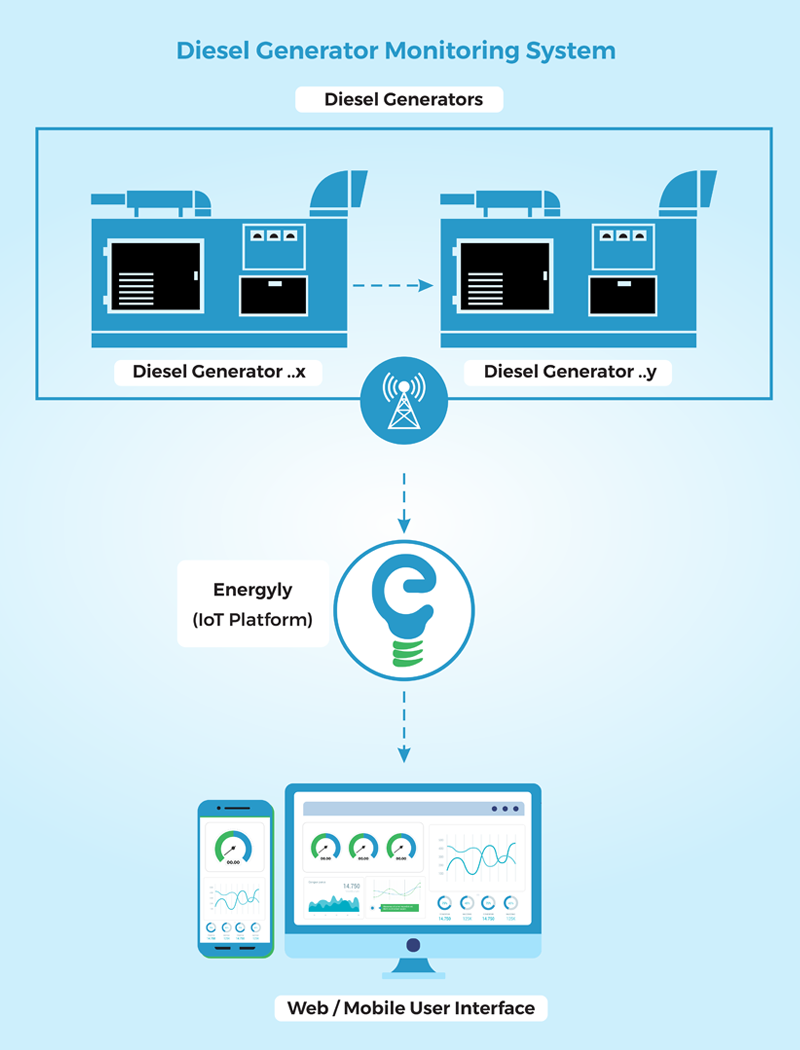
To ensure that your generator is running as efficiently as possible, it is important to monitor it regularly. Pay close attention to the generator’s oil levels, fuel levels and exhaust temperatures.
| Parameter | Checklist |
|---|---|
| Oil Levels | Check levels regularly and top up when required. |
| Fuel Levels | Monitor fuel levels and make sure they are adequate. |
| Exhaust Temperatures | Check exhaust temperatures and ensure they are within accepted thresholds. |
To ensure optimal performance, always use the manufacturer’s recommended oil and fuel types. Have the generator serviced regularly and check for any signs of wear and tear. If any problems are detected, have them addressed immediately.
Maintaining the Generator
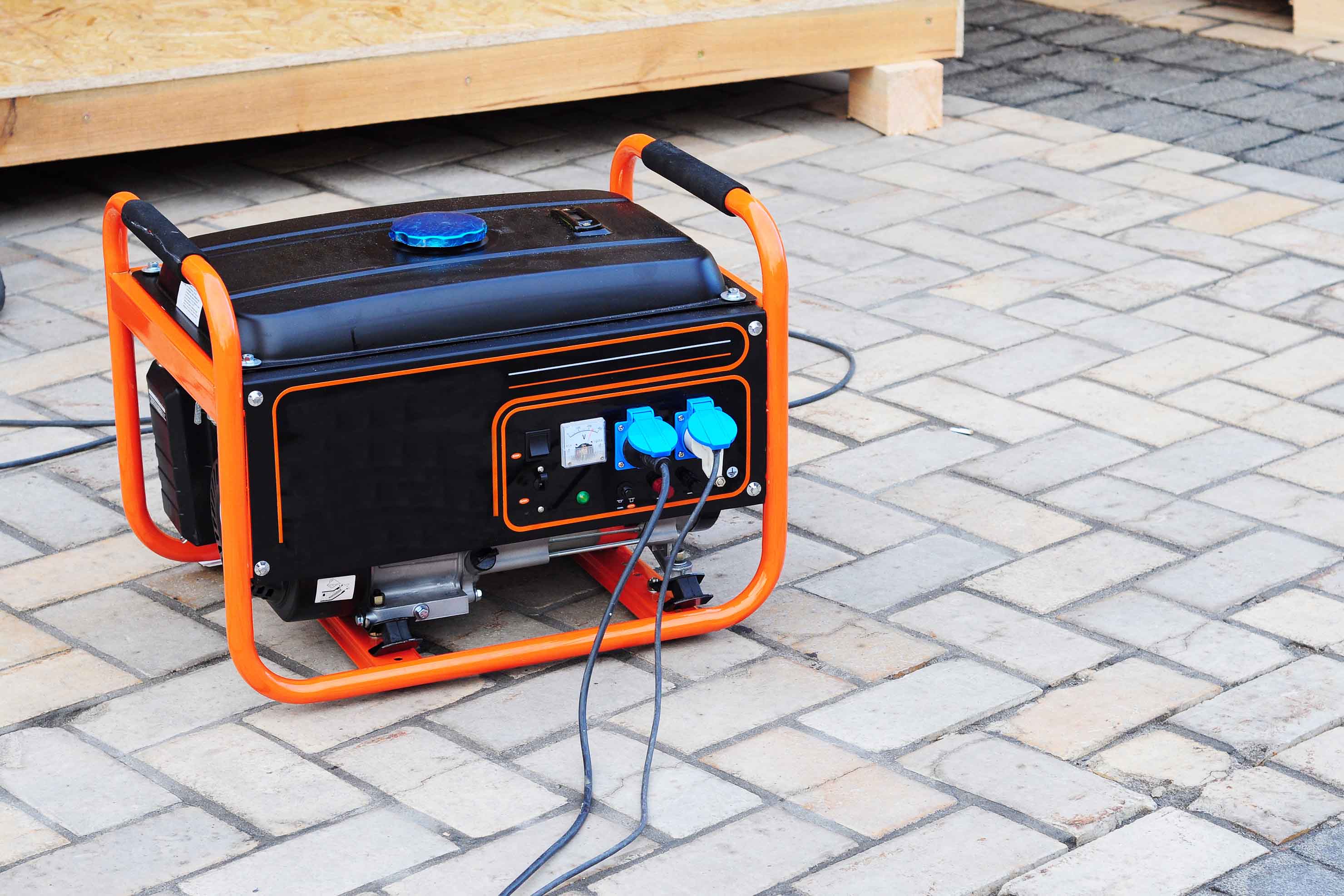
| Maintenance | Frequency |
|---|---|
| Check oil level | Weekly |
| Check the coolant level | Monthly |
| Clean radiator fins | Monthly |
| Change oil | Every 100 hours |
| Clean air filter | Every 200 hours |
| Check battery | As needed |
Make sure to check the oil level weekly and the coolant level monthly. Clean the radiator fins monthly and change the oil every 100 hours. Clean the air filter every 200 hours, and check the battery as needed.
1. Regular Maintenance
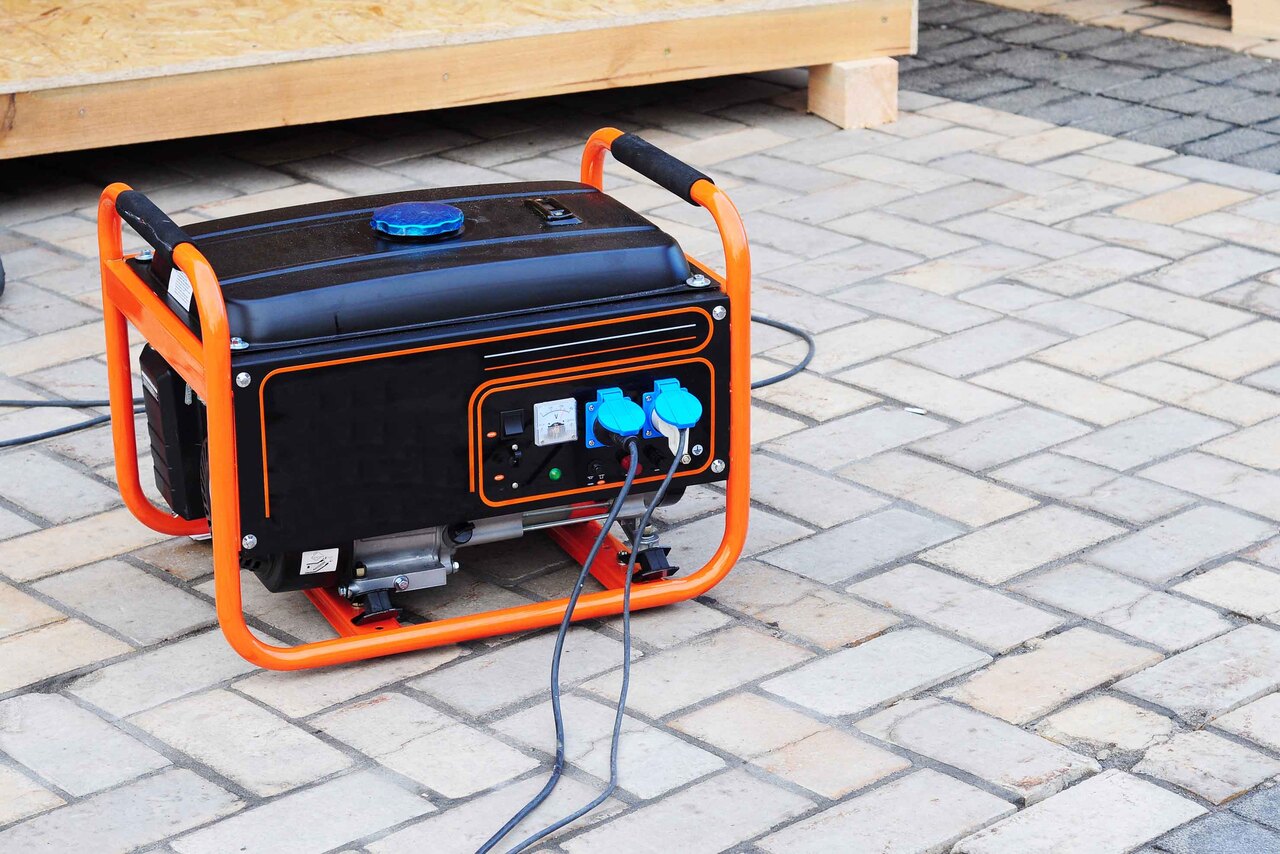
To ensure your generator runs efficiently, it is important to keep up with regular maintenance. This includes checking the oil levels, as well as the air filter, spark plugs, and fuel lines. Additionally, it is important to keep the generator clean and free from dirt and debris. Regularly inspect the generator for signs of corrosion or wear and tear, and if necessary, apply preventive maintenance. It is also important to run the generator regularly to keep it in good working order. Finally, check the coolant levels and replace the battery if necessary.
2. Troubleshooting
If the generator is not running, check the fuel tank to make sure it is full and the fuel lines are clear. Ensure that the spark plug is in good condition and that the air filter is clean. Check the electrical connections and make sure they are tight and secure. Then check the carburetor to make sure the jets are clean and the float levels are correct. If the generator still won’t start, contact an authorized service center for further assistance.
Storing the Generator
- Turn off the generator and disconnect it from any appliances.
- Drain the fuel tank or add fuel stabilizer to the fuel tank.
- Check the oil in the generator.
- Clean the generator, if necessary.
- Cover the generator with a tarp or other appropriate cover.
- Store the generator in a dry area away from extreme temperatures.
Frequently Asked Questions
What steps should I take to operate a portable generator?
1. Read the manufacturer’s instructions and safety guidelines carefully.
2. Fill the fuel tank with the recommended type of fuel.
3. Plug the generator into a GFCI-protected outlet or use a GFCI-protected extension cord.
4. Start the generator according to the manufacturer’s instructions.
5. Connect the appliance(s) to the generator.
6. Monitor the generator’s power output and fuel levels.
7. Allow the generator to cool before refueling or storing.
8. Turn off the generator and disconnect the appliance(s) before shutting down.
How Can I Use a Gas Generator to Power My Home?
A gas generator is a great way to provide electricity to your home in the event of a power outage. To use a gas generator to power your home, you will need to connect it to your home’s electrical system. You will also need to install a transfer switch which will allow you to switch between the utility power and the generator. Once the generator is connected and the transfer switch is in place, you can start the generator and it will begin supplying power to your home. Make sure to follow all safety instructions when operating the generator.
What safety precautions should I take when operating a generator?
Ensure the generator is in good condition, and check the fuel supply. Wear protective gear such as gloves, long sleeves and trousers and ear protection. Avoid running the generator in enclosed areas and keep it away from combustible materials and open flames. Follow the manufacturer’s instructions for operation and maintenance. Avoid overloading the generator. Refer to the owner’s manual for the correct wattage and voltage range. Ensure the generator is grounded properly and never touch the generator when wet. Allow the engine to cool before refueling.
What are the Steps Needed to Run a Generator?
1. Check the engine oil level and add oil if necessary.
2. Check the fuel tank for adequate fuel.
3. Make sure the generator is turned off.
4. Connect the generator to a power outlet.
5. Turn on the generator switch and let the engine warm up for at least two minutes.
6. Plug in the devices to the generator’s power outlets.
7. Increase the RPMs of the generator as needed.
8. Monitor the generator’s performance regularly.
9. Turn off the generator and disconnect the devices from the generator’s power outlets.
10. Turn off the generator switch and let the engine cool down before storing.
How do I properly operate a generator?
Before starting the generator, consult the manual for safety instructions, fuel recommendations, and engine oil requirements. Ensure that all fuel valves are closed and the generator is in the “off” position. Fill the fuel tank with the recommended fuel and check the oil level. Connect the generator to a power source if necessary. Start the generator and allow it to warm up for a few minutes. Adjust the engine speed and power output according to the required needs. Monitor the generator’s performance and turn off the engine if any problems arise.
Conclusion
Generators are a convenient and easy way to power your home in the event of an outage. With the right knowledge and safety precautions, running a generator can be a safe and simple process. Be sure to check your generator’s manual for specific instructions and consult an electrician if needed. With the right generator and plenty of maintenance, you can ensure your home has power when you need it most.

